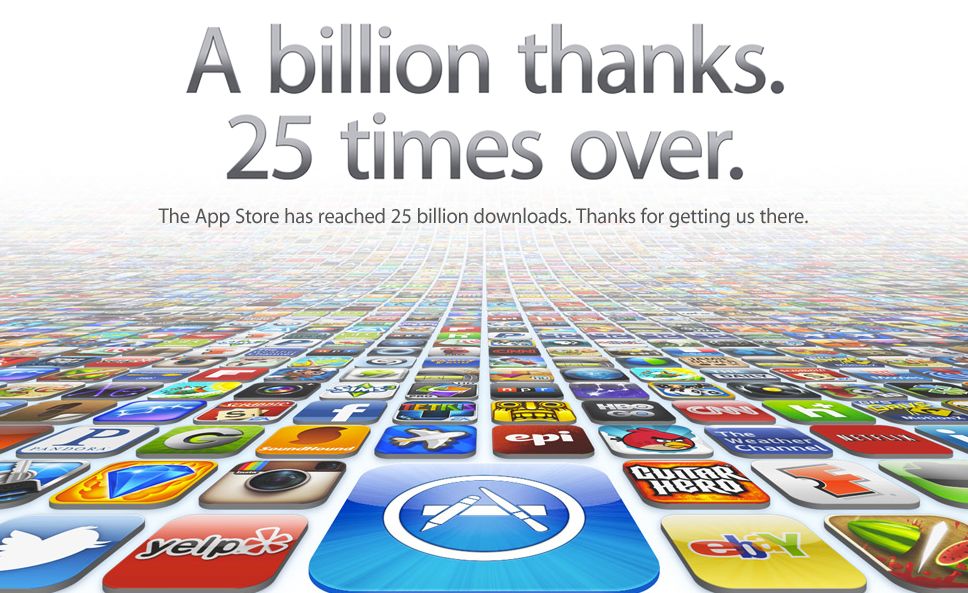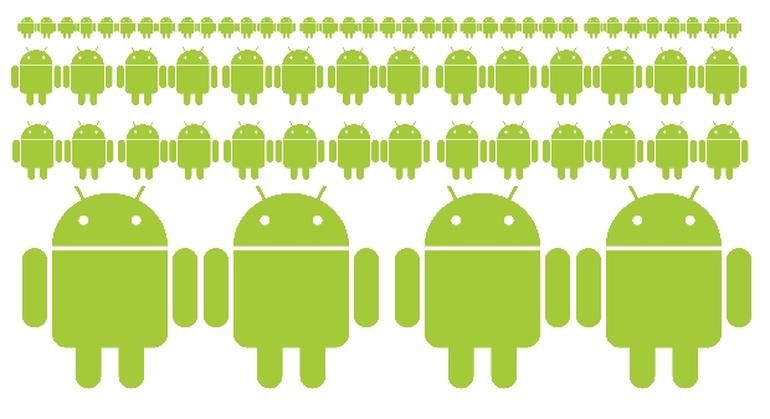Mobile gaming has transformed the demographic reach of games, and indeed the very image of games to the public at large. Games are no longer the unusual pastime of a few, but something nearly everyone enjoys. Or if they don’t, they know someone who does. Yet mobile games are still barely scratching the surface of what’s possible, in terms of game play, audience, and monetization. That’s why there’s still a huge push among publishers, investors, and startups to create new mobile games — they all realize the potential of mobile gaming, and gaming in general, is still enormous.
The latest figures from the ESA bear this out, if you look at them correctly: Approximately one-third of Americans age 13 and older play video games on their smart phones, tablets, and portable gaming devices, according to new research released today by the Entertainment Software Association (ESA). That’s even more impressive when you realize that not all Americans have smartphones or tablets — Nielsen’s survey earlier this year showed about 65 percent of Americans have a smartphone. Worldwide, of course, it’s a much lower percentage. Even the poorest countries are rapidly adopting smartphones, though, as new lower cost smartphones bid to add another billion users to the smartphone base of 1.5 billion.
The rapid growth of smartphones is not a bad thing for current game platforms — it’s additive. Two-thirds of mobile gamers say playing mobile games has not negatively impacted the amount of time they spend on other game devices, such as video game consoles or PCs. Fifty-four percent of mobile gamers say their overall play time has remained steady across devices, while 11 percent are spending more time on other electronics.
“The tremendous growth of mobile gameplay underscores the dynamic and evolving nature of the video game industry,” said Michael D. Gallagher, president and CEO of ESA. “Consumers want the ability to play anywhere. Our industry continues to anticipate and meet consumers’ expectations by finding new ways to engage users across multiple platforms.”

Mobile platforms are indeed broadening the audience of gamers, according to the ESA study: 22 percent of mobile gamers say they either never played games, or stopped playing before resuming on mobile devices. A total of 46 percent of mobile gamers say they previously played video games occasionally, but were not regular gamers before playing on mobile devices.
The study, conducted among a U.S. representative sample of 3,264 people age 13 and older, also found some other interesting facts about mobile gaming:
- Among mobile gamers, the most popular games are puzzle (43 percent), card (26 percent), word (20 percent), action (19 percent), and arcade (19 percent).
- The most popular places to play mobile games: at home (85 percent), in the car (25 percent) and waiting in line (20 percent).
- Word-of-mouth (50 percent) is the most popular way mobile gamers learn about new games, followed by playing with friends and family (31 percent), and social networking (25 percent).
- Forty-two percent of mobile gamers purchased a game for a console, PC or handheld because they enjoyed the game’s mobile version.
- Females (43 percent) are more likely to play games every day on their principal mobile device than males (36 percent).
Yet mobile games are still in their infancy, if you look at the history of games on other platforms. Usually the first games on a platform are simple ones, and over time we see more complex games being introduced — and those games produce greater engagement, and often much greater revenue potential.
Let’s look at paper. Board games date back to ancient Egypt, and while chess and go are certainly deep games, the truly popular board games that came out in the 20th Century were stuck at the level of Monopoly for decades, and only gradually became richer and more interesting. Now there’s a thriving group of strategically deep boardgames (from Settlers of Catan on up, from an array of publishers) that you can play for hours, with every possible genre and skill level presented in fantastically beautiful packaging.
Card games have gone from poker and bridge to Magic: The Gathering, which is now bigger and better than ever (and producing great revenues, too). Roleplaying, the genre born in 1974 with Dungeons & Dragons (derived from miniatures games), has gone from a simple few rules in a slim booklet to massive 400 page tomes with comprehensive rules for magic and melee and all sorts of genres and settings. Even miniatures have advanced, from the elegant simplicity of H.G. Wells’ Little Wars to the hybrid wonders of Golem Arcana.

With electronic games, PC and console games have gone from simple side-scrolling platformers and basic dungeon-crawling to elaborate 3D worlds with immense freedom. By the 1990’s PC and console games were expanding into much greater depth and a wider range of genres and styles of game, following the increasing power of the hardware.
Mobile is still in its early days, where the revenues are dominated by simple puzzle and action games, as we can see from the ESA numbers. Yes, we’re starting to see games with more depth, as Clash of Clans replaces Angry Birds and similar games begin to take up more of a position in the top-grossing charts.
Many game companies are setting their sights on deeper gameplay for mobile, seeing the much greater engagement numbers that deeper games have — and the much higher monetization rates. Why settle for two percent of your players paying you something, when you can dream of 20 percent
Yes, the deeper the game is, the greater the tendency for the audience to narrow. It’s especially true if the game has a complex interface. Yet mobile games have already had a great impact on games on any platform, by demonstrating the value of making games easy and approachable and getting you into the fun quickly. The 20-minute cinematic intro and the half hour tutorial are relics of gaming’s past now.
Mobile games hold out the tantalizing possibility of being able to create greater engagement with an audience that’s an order of magnitude larger than the console audience. No game has really demonstrated that yet, with the possible exception of Minecraft. Yet Minecraft is not a game that depends on virtual item sales, so its success is not directly applicable here.
We need to re-invent popular game genres like sports and first-person shooters and RPGs and MOBAs for mobile platforms. More than that, we need to invent new genres of games that take advantage of all the myriad capabilities found in smartphones — and that take advantage of the deeply personal and ubiquitous nature of the smartphone. Never before have so many people spent so much time with a great gameplaying device. The current mobile game market is educating the world that games an be pretty cool, and fun, and not difficult to start playing. It’s up to the game industry to build on that foundation by creating mobile games that can create deep engagement with a broad audience.
There are exciting efforts in this direction under way in multiple places, and no doubt there are amazing games still to be discovered amidst the thriving indie development community. Yes, making money from a mobile game is hard, but the potential reward for success is large and growing even though the odds of getting there may be shrinking.
It’s a thrilling time to be in the game industry at all levels — let creativity fill your sails as you head out into the vast blue ocean of the marketplace that is taking shape.

